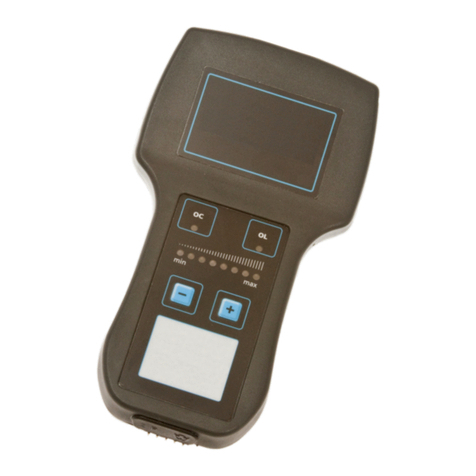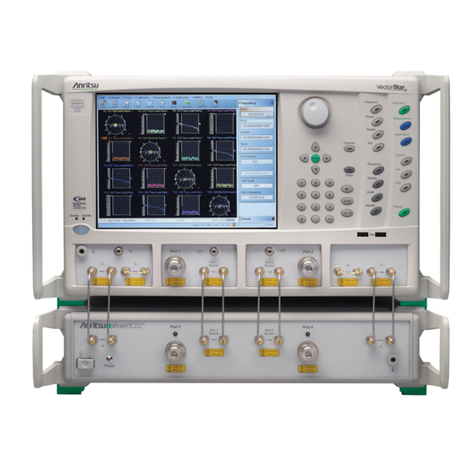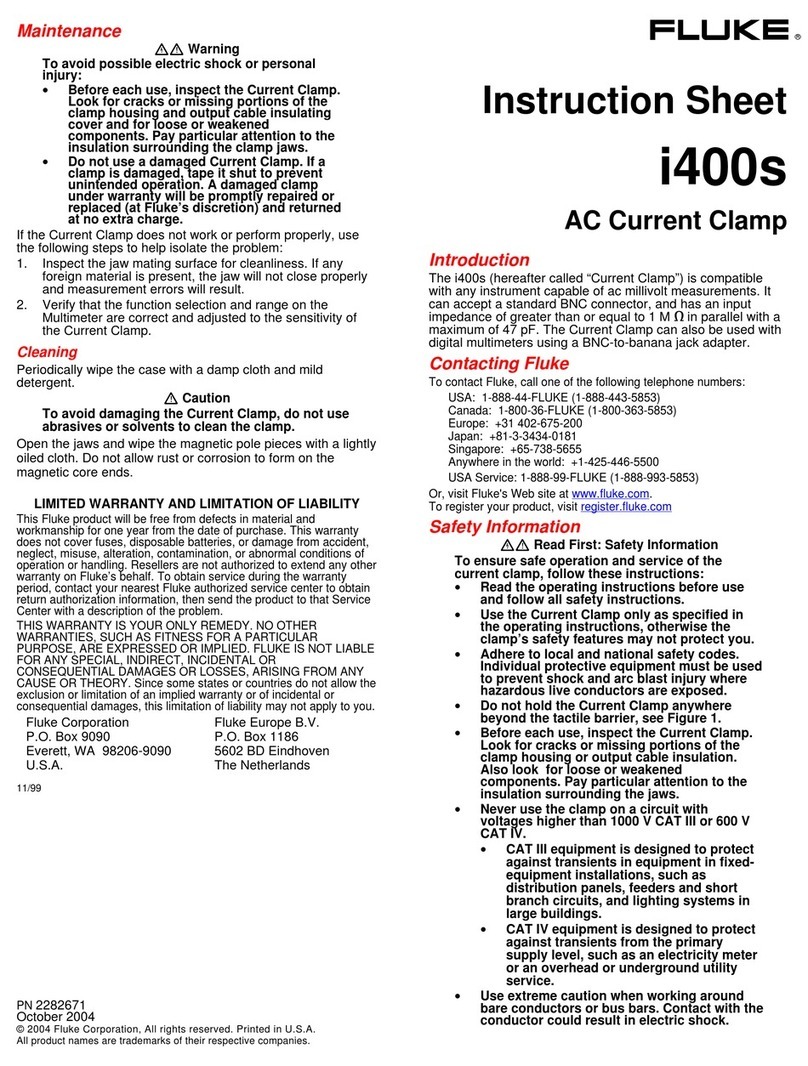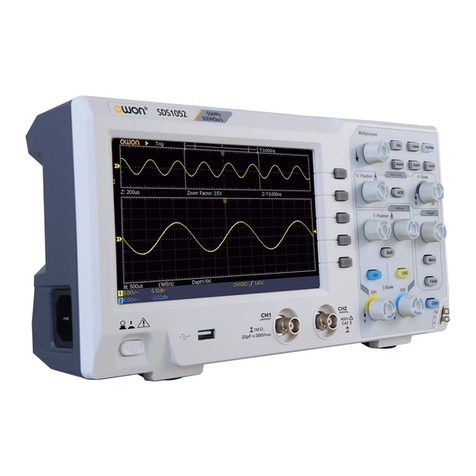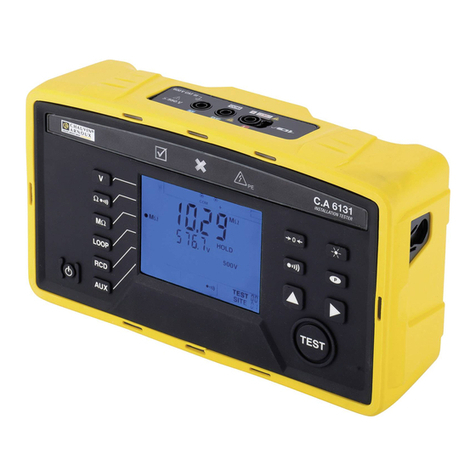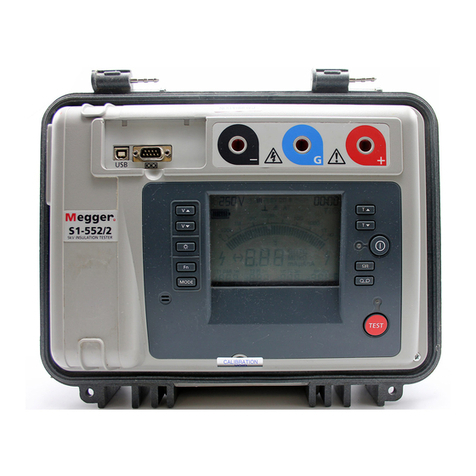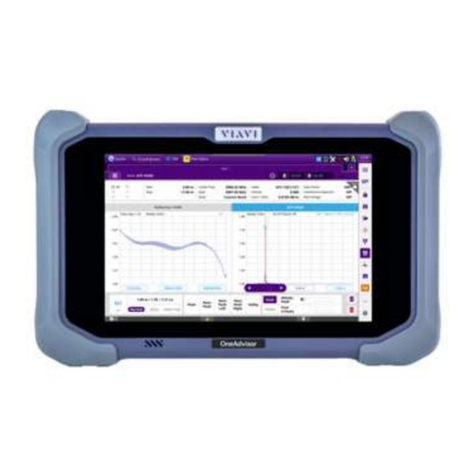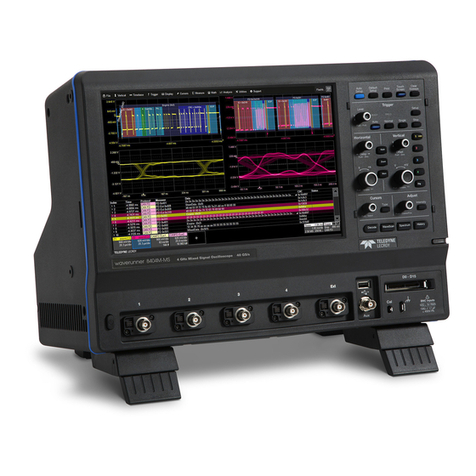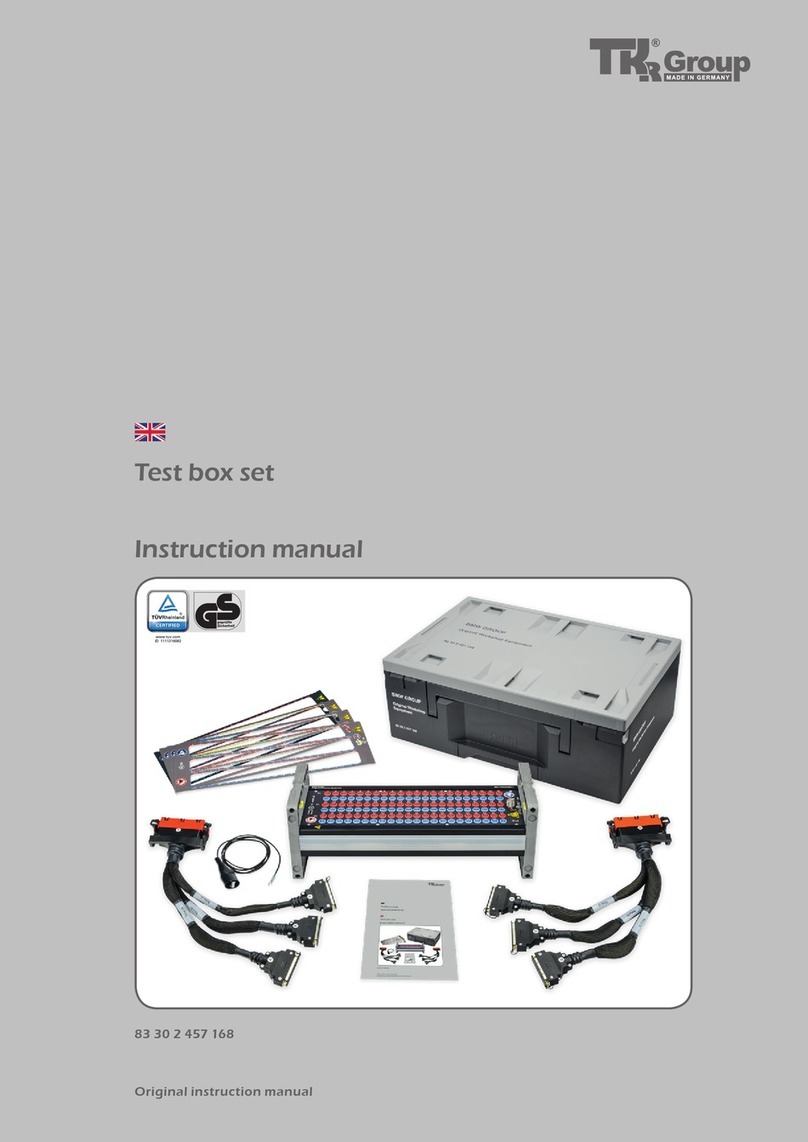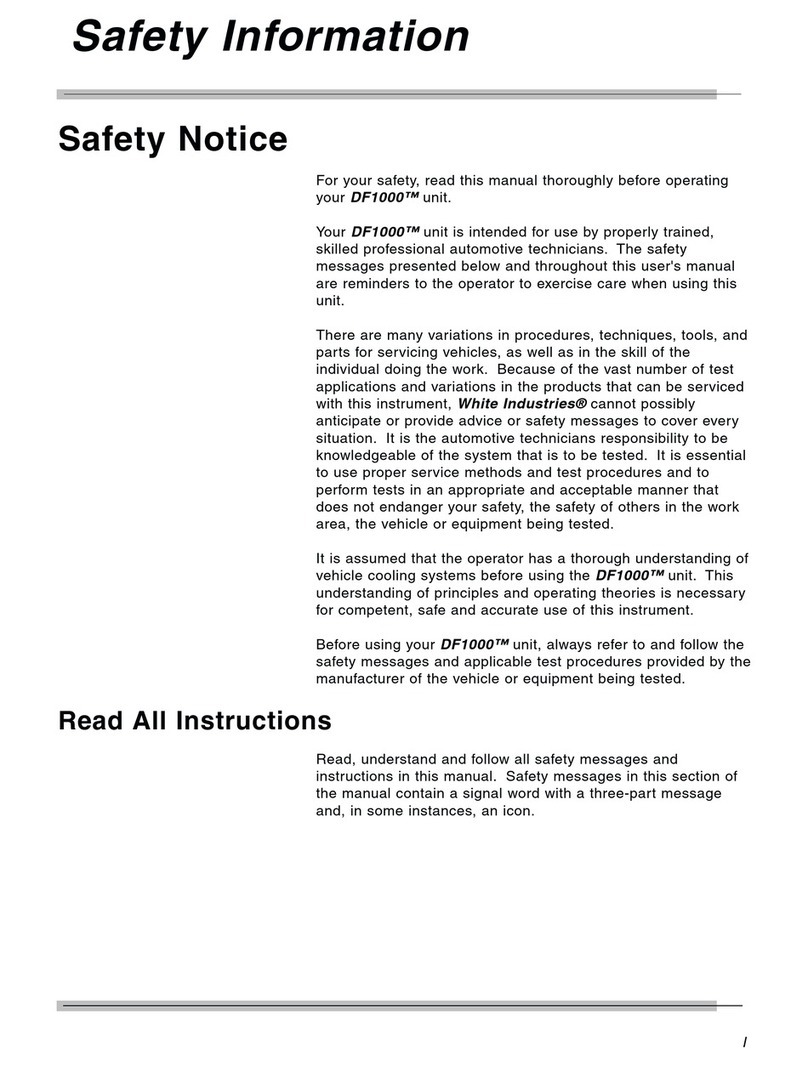BETACHEK Glucoflex-R User manual

What is this test for? Glucoflex-R Test Strips are intended for self-testing of blood glucose. The test uses a small drop of
capillary blood (5 microlitres) to provide a semi-quantitative result. The test is not intended for use with neonates.
What is the purpose of glucose testing? High blood glucose causes serious harm to the body over time. This damage
can be prevented by keeping blood sugar at normal levels. Studies have shown that the better the control of blood
glucose, the better the long term health of a person with diabetes. Regular self-testing with Glucoflex-R will provide
useful information for both you and your healthcare professional in managing the disease. Repeated testing allows you to
see the impact of diet, exercise and your medicine on blood sugar levels. Your healthcare professional will advise you on
when you should test and your target glucose range. Please note that blood glucose testing should only be undertaken
after you have received a thorough course of instruction from a qualified healthcare professional. Self-testing is not to be
seen as a substitute for regular monitoring by your doctor. It can however, allow your doctor to check your blood glucose
management. You should only adapt your treatment if you have been trained to do so.
What is included? Glucoflex-R Test Strips (see outer packaging for quantity), 1 label with colour chart, instructions for use.
What is not included but needed? A watch with a second hand or a timer, a clean white tissue, a lancing pen with lancet.
Product information
Storing the test strips
Store Glucoflex-R Test Strips in their original container in a cool, dry place between 2-30˚C (35-85˚F). Keep away from
heat and direct sunlight. Do not freeze. If stored in a refrigerator, remove and warm to room temperature before opening.
In the original bottle these test strips are stable up to the expiry date. Recap container immediately after removing strips.
Use before the expiry date.
How to perform a test
This test has an important timing step. Incorrect timing will give incorrect results.
You need a timer or a watch with a second hand, a clean white tissue and a lancing pen with lancet.
Watch a video demonstration at
www.betachek.com/gfx
1. Preparation – Wash hands with soap and WARM water and dry them thoroughly. If you use
an alcohol wipe, make sure your finger is completely dry before testing. Remove a test strip
and immediately recap the container. Check the test zone against the “0 Unused” section of
the colour chart on the label. If the test zone shows any sign of blue you should discard the
test strip.
2. Obtain blood sample – Use your lancing pen according to its instructions to prick your
finger. Gently squeeze the selected finger at the base moving toward the tip. This should be
repeated several times until you have a large hanging drop of blood (the palm of your hand
should be facing down so the drop can hang from the finger).
3. Apply blood – Place the strip on a firm level surface or if preferred hold the strip moving it
towards the blood drop. Allowing the drop of blood to hang off the finger, press the drop onto
the centre of the two pads, moving it around to ensure complete coverage. Avoid touching the
pads with your finger. As soon as you have applied the blood to the pads start timing. Blood
should completely cover both pads. If you have smeared the blood or not used sufficient blood
to completely cover both the pads then you should repeat the test.
4. Wipe blood off – Exactly 30 seconds after applying the blood, wipe the blood from the test
pads with a tissue. Repeat the wipe using a clean region of the tissue. Ensure the test zone is
clean of blood. Excess blood left on the pads will affect the result.
5. Read results – After wiping the test zone wait another 30 seconds (1 minute from
applying blood), then compare the test zone to the colours on the label chart.
1.
4.
5.
60 sec
2.
0 sec
3.
30 sec
www.betachek.com/gfx
INSTRUCTIONS FOR USE
Glucoflex-R Blood Glucose Test Strips
Colourimetric visually readable. Suitable for self-testing
Glucoflex-R product improvements (please review test procedure):
* 60 second test
* Plasma calibrated

How do I read the result? Results are obtained by comparing the test zone to the colour chart on the label. Use natural light (e.g.
stand near a window) when colour matching for best results. When matching colours always ask the question: is the test zone
lighter or darker than the colour standard it is being compared to. After deciding move to the next colour standard and repeat until
you find the closest match. If the test zone colours lie between two values on the label then calculate the average value, e.g. (7 +
9) / 2 = 8. If the colour does not lie exactly between colour blocks you may approximate the value using your judgement. The test
zone will remain stable for 10 minutes. The test may be compared to the label at any time during this period.
Expected results – Blood glucose levels normally vary from time to time depending on food intake, medication dosages, health,
stress or exercise. Consult your physician or healthcare professional for the target glucose value appropriate for you. Normal
glucose values for an adult without diabetes (related to plasma):
• Fasting: 4.1 - 5.9 mmol/l or 74 - 106 mg/dl
Source: Stedman’s Medical Dictionary, 28 Edition, 2006: App 104.
Warning – Low or high blood glucose readings may indicate a potentially serious medical condition. If you have readings
above or below your prescribed range of blood glucose values, repeat the test. If your results continue to fall outside your
prescribed range, you should contact your healthcare professional and follow their advice. If you have readings that are not
consistent with your symptoms, you should contact your healthcare professional immediately.
Problem solving – Unexpected results. Common errors that may result in invalid results include;
Contamination – Do not handle the test pads as moisture, oil and dirt from fingers will damage them. Dirty fingers carry traces of
glucose from food and will also distort the result. Therefore, it is essential to carry out the entire process with cleanliness.
Expiry date – Check your strips are in date.
Incorrect timing –
Leaving blood on too long will cause a falsely high result. Wiping blood off too early will cause a falsely low result.
Inadequate blood – Too little blood will give an incorrect result. A drop sufficient to cover the pads to all corners is required (5µl).
Moisture damage – The reagent pads are extremely absorbent. If the cap is accidentally left off for even a short period of time
the test strips will be damaged by moisture.
If you still experience unusual results that are not in agreement with your symptoms then there may be a problem with your test
strips (see quality checks).
Record your blood glucose levels – Keeping a daily record of results allows you to see how well you are controlling your blood glucose levels.
Understanding your test results
Precautions and limitations
Measurement range – The measurement range is 20-800 mg/dl (1.1-44.4 mmol/l ). A test result lighter than the 1 mmol/l colour standard
is less than 1.1 mmol/l (20 mg/dl). A test result darker than the 44.4 mmol/l colour standard is greater than 44.4 mmol/l (800 mg/dl).
Calibration and comparing to lab – The results obtained using Glucoflex-R are equivalent to those obtained using plasma.
Results may be compared directly to lab results. The calibration is traceable to a method of higher metrological order.
Accuracy – In a study involving 120 patients attending a diabetes clinic, results obtained using Glucoflex-R gave a correlation
coefficient of 0.99, indicating good agreement with the laboratory method.
Precision – The within-lot precision of Glucoflex-R Strips was determined for three lots of strips at four different glucose levels.
CV’s for all lots were <5%.
How does the test work? The test zone consists of two test pads containing sensitive chemicals. When blood is applied to the
test zone, a chemical reaction takes place, causing colour to develop in direct proportion to the amount of glucose in the blood. The
test uses the Glucose Oxidase/Peroxidase reaction.
Chemical composition – Each test strip contains:
Green eld: TMB 18.0 µg, APAC 0.59 µg, Glucose Oxidase 2.4 U, Peroxidase 4.6 U
Blue eld: TMB 17.2 µg, Glucose Oxidase 2.4 U, Peroxidase 4.6 U
Protect the test strips from sunlight and moisture by replacing the cap immediately after use. For in vitro diagnostic use.
Use the test strips only between 18 and 35˚C (64 and 95˚F). Use only fresh capillary whole blood from a nger stick.
Do not use venous blood, plasma or serum. The test strips are for single use only. Incorrect timing – leaving the blood on too long
will cause a falsely high result, and wiping the blood off too early will cause a falsely low result. Hematocrit values above 55% can
reduce glucose values by as much as 15%. Hematocrit values below 35% can increase glucose values by as much as 10%. Do
not touch the test area as it contains chemicals. Wash hands after accidental contact. Do not use test strips if they have expired.
Dispose of used test strips in an appropriate container for contaminated waste.
Quality checks – The test strips can be checked against the “0 Unused” colour block to see they are in good condition.
If any sign of blue is visible, the strip should not be used.
Performance characteristics
National Diagnostic Products
7-9 Merriwa Street, Gordon
Sydney NSW 2072 Australia
Email: [email protected]
National Diagnostic Products
503 Cambridge Heath Road
Bethnal Green, E29BU, UK
Email: [email protected]
EC REP
Distributed in the UK by Ambe Medical Group
Ambe House, Commerce Way, Edenbridge, TN8 6ED
Tel: +44-(0)1732-760900 / Email: [email protected]
Distributed in the Philippines by L. Meyerf Pharma Inc.
2F Solar Century Tower, 100 Tordesillas St., Salcedo Village, Makati City
Telefax: +63-2-817 71 32 / Email: info@lmeyerf.com
Use by (unopened
or opened test strip
container)
EC REP
Authorised Representative in
the European Community
In vitro diagnostic
medical device 0123 This product fulfils the requirements
of European Directive 98/79/EC on
in vitro diagnostic medical devices
Key to symbols: On the box, label and instructions for use you may encounter the following symbols:
2
Do not
reuse
+2°C
+35°F
+30°C
+85°F
Temperature
limitation
Batch
code
Catalogue
number
Caution Manufacturer Consult instructions
for use
Ref: GFXI.V9-ENG-MAY14 - Date issued: 2014-05 , version 9
Table of contents
Other BETACHEK Test Equipment manuals
Popular Test Equipment manuals by other brands

Vanguard Instruments
Vanguard Instruments CVT-765 user manual

BlastKing
BlastKing CT-30 user manual
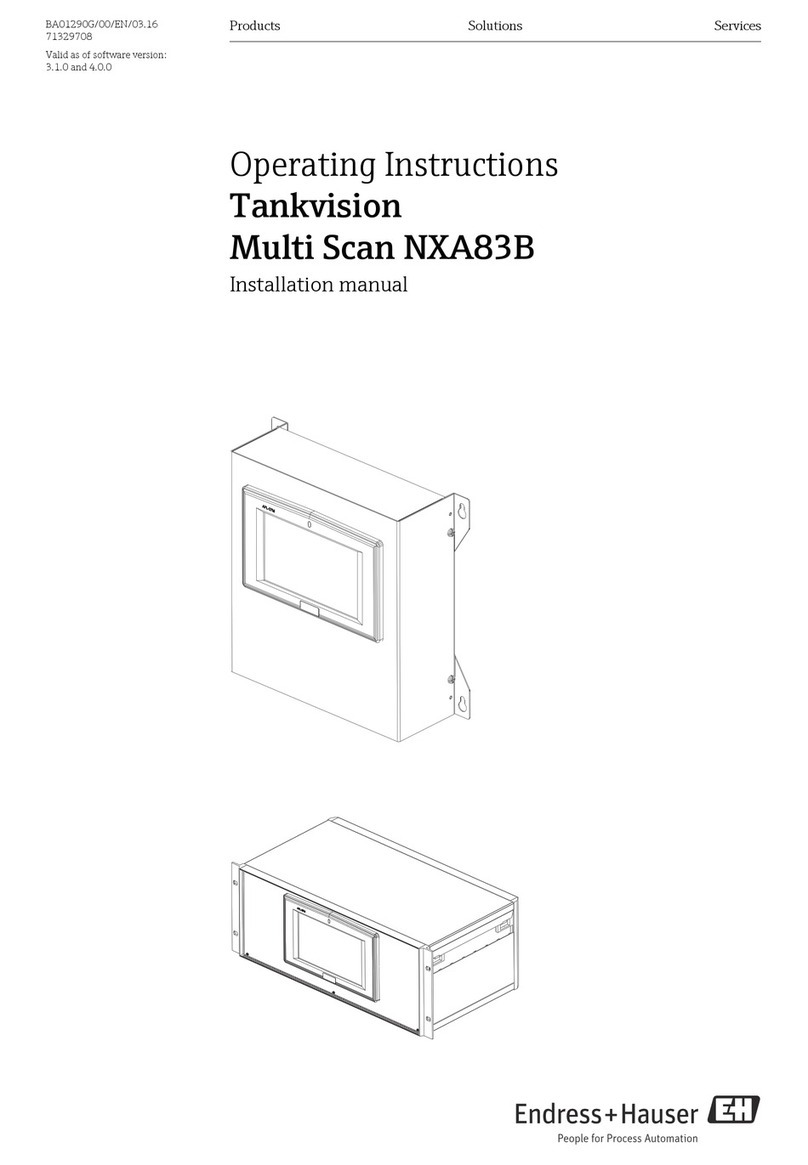
Endress+Hauser
Endress+Hauser Tankvision Multi Scan NXA83B operating instructions

Interstate Batteries
Interstate Batteries IB Pulse Testing Program Manual
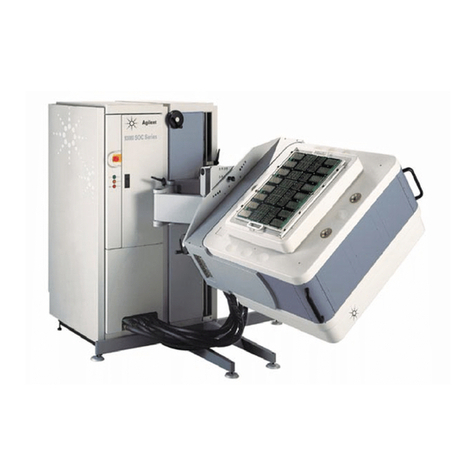
Agilent Technologies
Agilent Technologies 93000 SOC Series Training manual

Viavi
Viavi OneExpert ONX CATV user guide


